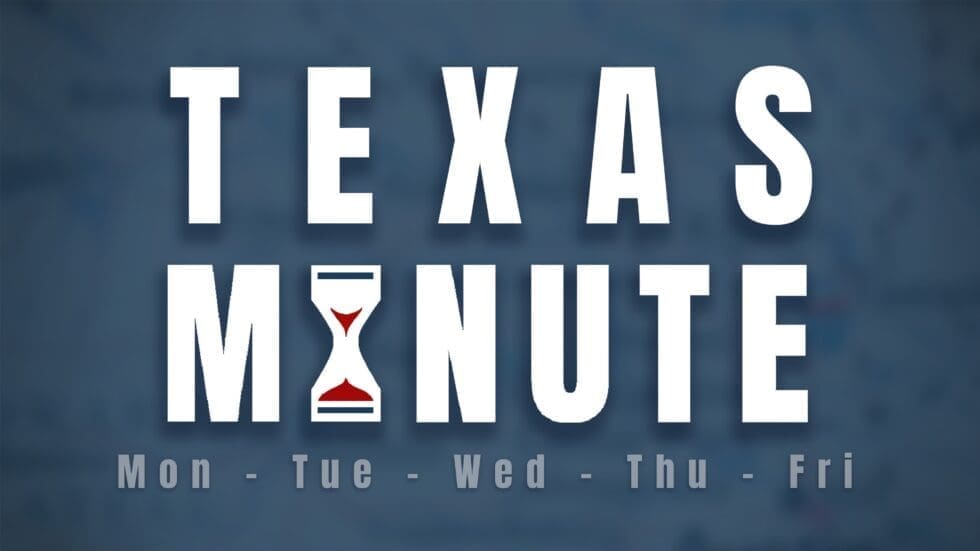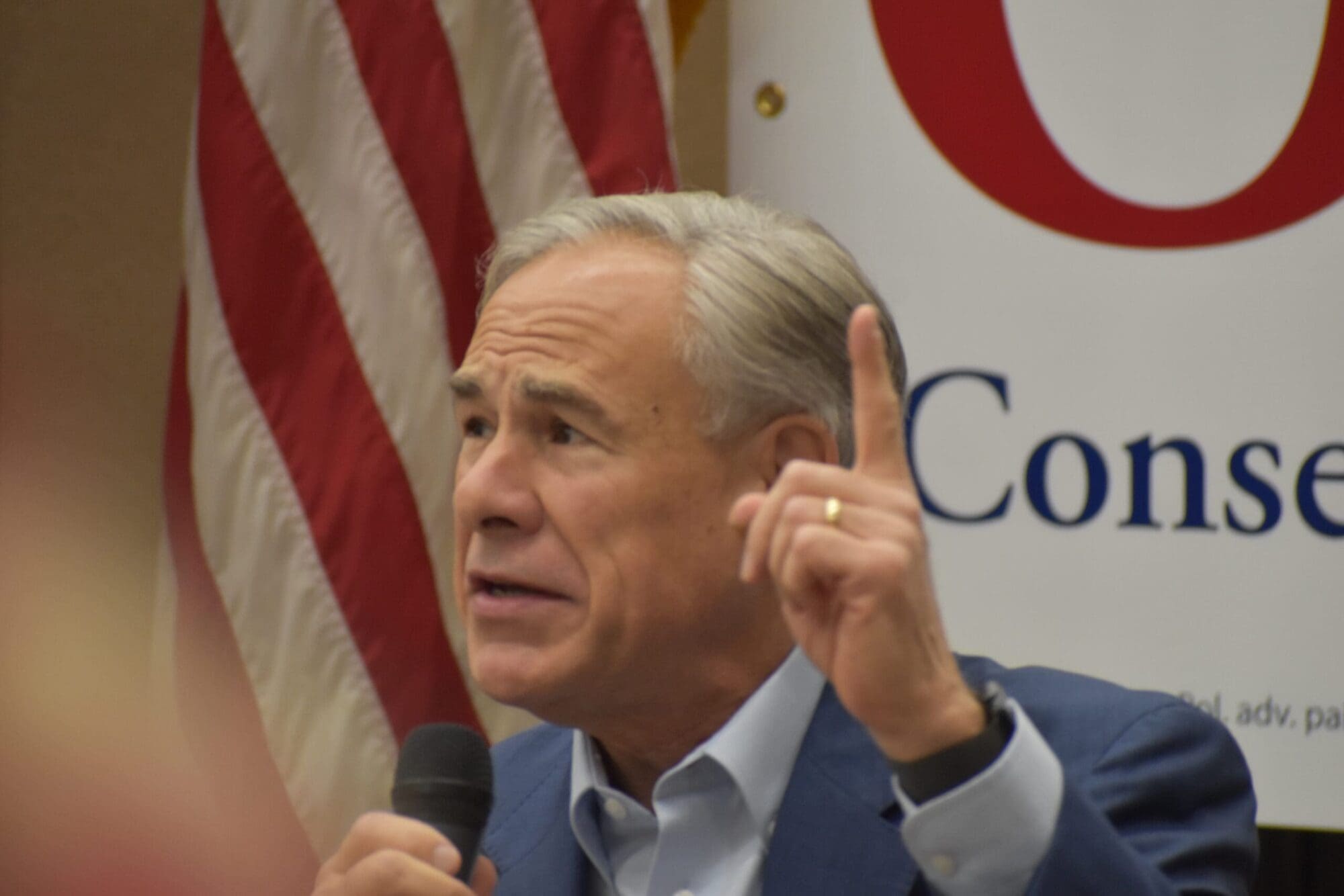At an interim hearing this week in McAllen, Texas school districts and colleges demanded yet more tax money. The tag team approach may have backfired though, as South Texas College justified their request on the grounds that two-thirds of their students need remedial classes. What does that say about the job the school districts are doing?
On higher education funding, Texas’ 2006 higher ed funding per pupil of $7,152 exceeds the national average of $6,325. These numbers from the National Center for Higher Education Management Systems are adjusted for cost of living and enrollment mix (grad students cost more). Also, the 2008-2009 budget included a 12% increase in higher ed funding.
Professor Richard Vedder has used statistics from the U.S. Dept. of Education National Center for Education Statistics to show that the number of non-instructional staff in higher education has gone from 45% in 1976 to 79% in 2005. These new layers of administration have contributed to inflation in higher education that has been been three times the consumer price index during this period.
When it comes to K-12, the story is similar. More money has been spent while results have gotten worse. Consider that between school years 1999 and 2005, the number of central administrators employed by Texas public schools grew by 32.5%, overall staffing in public schools grew by 15.6%, while the number of teachers grew only 13.3%. Meanwhile, actual drop-out rates in Texas schools are 30 percent.
These administrators need to scrutinize the costs in their own districts and institutions and demonstrate that they are maximizing results with existing funds before they come to taxpayers with hat in hand.
Here’s the McAllen Monitor article:
https://www.themonitor.com/news/college_11803___article.html/education_texas.html



